Home>Furniture>Outdoor Furniture>How To Restore Patio Furniture Cushions
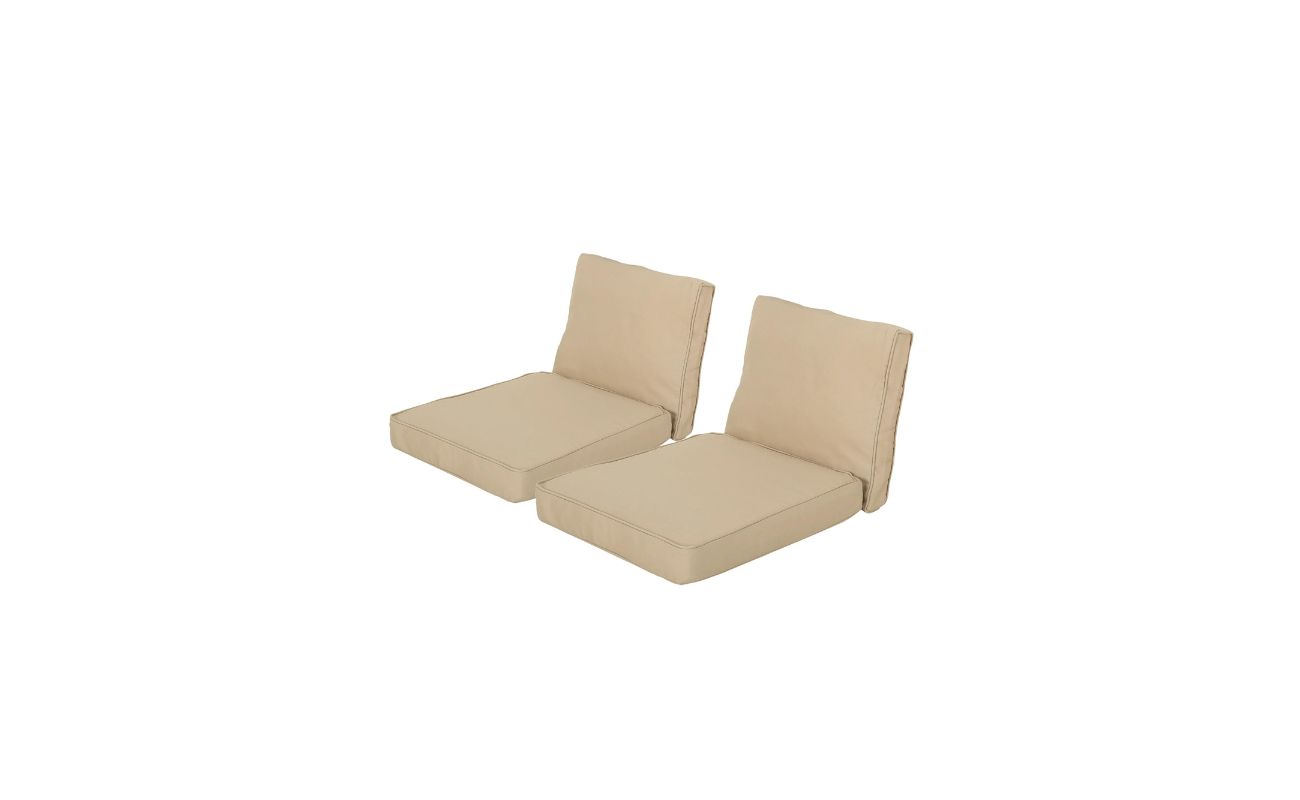

Outdoor Furniture
How To Restore Patio Furniture Cushions
Modified: August 17, 2024
Learn how to restore your outdoor furniture cushions and bring new life to your patio. Step-by-step guide with expert tips and tricks.
(Many of the links in this article redirect to a specific reviewed product. Your purchase of these products through affiliate links helps to generate commission for Storables.com, at no extra cost. Learn more)
Introduction
Welcome to our comprehensive guide on how to restore patio furniture cushions. Over time, outdoor furniture cushions can become worn, faded, and stained, diminishing the overall appeal of your outdoor living space. However, with a little effort and the right techniques, you can revive your patio furniture cushions and bring them back to their former glory.
Restoring patio furniture cushions not only extends their lifespan but also saves you money compared to purchasing new cushions. Additionally, undertaking this DIY project allows you to customize the cushions according to your preferences, ensuring a perfect fit and style for your outdoor furniture.
Before diving into the restoration process, it’s important to assess the condition of your patio furniture cushions. This will help you determine the appropriate steps and techniques needed to bring them back to life. Whether your cushions are discolored, torn, or simply in need of a thorough cleaning, we’ve got you covered.
In this guide, we’ll walk you through each step of the restoration process, from assessing the condition of your cushions to properly storing them once they’re refreshed. So, let’s get started on reviving your patio furniture cushions and creating a comfortable and inviting outdoor oasis.
Key Takeaways:
- Revive your outdoor oasis by restoring patio furniture cushions. Assess, clean, repair, and store to extend their lifespan and save money while creating a cozy outdoor space.
- Transform your patio with a DIY project. Revitalize worn-out cushions by cleaning, repairing, and reupholstering. Proper storage ensures they’re ready for outdoor enjoyment.
Read more: How To Restore Teak Patio Furniture
Step 1: Assessing the Condition of Patio Furniture Cushions
Before you begin the restoration process, it’s essential to assess the condition of your patio furniture cushions. This step will help you identify the specific issues you need to address and determine whether the cushions can be salvaged or if they require replacement.
Start by thoroughly examining each cushion for signs of wear and tear. Look for any tears, rips, or holes in the fabric, as well as areas of discoloration and fading. Take note of the cushion’s overall shape and firmness, as well as any mold or mildew growth.
If the cushions are in relatively good condition with minimal damage, a simple cleaning and restoration process may be sufficient. However, if the cushions are extensively damaged or show signs of mold or mildew, it may be necessary to replace them entirely.
If the fabric is torn or has irreparable damage, consider whether reupholstering the cushions is a viable option. This will depend on your budget, skill level, and the availability of suitable fabric.
Keep in mind that assessing the condition of your patio furniture cushions is not just limited to the exterior. It’s also crucial to inspect the foam or cushion inserts inside. If the foam is flattened or deteriorated, it can affect the comfort and support of the cushions. In such cases, replacing the cushion inserts may be necessary.
Overall, taking the time to thoroughly assess the condition of your patio furniture cushions will provide you with valuable insights on the steps needed for restoration. This evaluation process will ensure that you approach the restoration process with a clear plan of action.
Step 2: Cleaning Patio Furniture Cushions
Once you have assessed the condition of your patio furniture cushions, the next step is to thoroughly clean them. Over time, outdoor cushions can accumulate dirt, stains, and mildew, making them look dingy and unappealing. Cleaning the cushions not only improves their appearance but also helps maintain their longevity.
Before you begin the cleaning process, check the care instructions provided by the manufacturer. Different types of fabric may have specific cleaning requirements, so it’s important to follow these guidelines to avoid damaging the cushions.
Here’s a step-by-step guide to clean patio furniture cushions:
- Start by brushing off any loose debris, such as leaves or dirt, from the cushions. Use a soft-bristle brush or a vacuum cleaner with a brush attachment.
- Fill a bucket with warm water and add a mild detergent or gentle fabric cleaner. Avoid using harsh chemicals or bleach, as they can damage the fabric.
- Dip a sponge or soft brush into the soapy water and gently scrub the cushions. Pay extra attention to stained or heavily soiled areas. Take care not to scrub too vigorously, as it can weaken the fabric or cause additional damage.
- Rinse the cushions thoroughly with clean water to remove any soap residue. Ensure that all the suds are washed away.
- If you notice any mold or mildew on the cushions, make a solution of equal parts water and white vinegar. Apply this solution to the affected areas and let it sit for a few minutes, then scrub gently and rinse thoroughly.
- To remove stubborn stains, create a paste by mixing baking soda and water. Apply the paste to the stained areas, let it sit for a few minutes, and then scrub gently before rinsing.
- After cleaning, blot the cushions with clean towels or place them in a well-ventilated area to air dry. Avoid exposing the cushions to direct sunlight, as this can cause fading.
Remember, the key to effectively cleaning patio furniture cushions is to be gentle yet thorough. By following these steps and using the appropriate cleaning techniques, you can restore the cleanliness and freshness of your cushions.
Step 3: Repairing Small Tears or Holes in Cushion Fabric
Small tears or holes in the fabric of your patio furniture cushions can be unsightly and compromise their functionality. Thankfully, repairing these minor damages is relatively simple and can be done with a few basic tools and materials.
Before you begin the repair process, gather the following supplies:
- Needle and thread (matching the color of the cushion fabric)
- Pins
- Iron-on patches or fabric glue
- Scissors
Here’s a step-by-step guide to repairing small tears or holes in your cushion fabric:
- Clean and dry the cushions thoroughly before starting the repair process. This ensures that the fabric is free from dirt and debris.
- If the tear or hole is small, use a pin to align the edges of the fabric together. This will help ensure a clean and smooth repair.
- Thread a needle with a matching thread color, and tie a knot at the end of the thread.
- Start sewing from the inside of the cushion, so the knot is hidden. Use a running stitch or a backstitch to sew along the tear or hole, following the existing pattern if possible. Make sure to secure the thread with a knot at the end of the repair.
- If the tear or hole is larger or difficult to sew, you can use iron-on patches or fabric glue for a quick and effective repair. Cut a patch slightly larger than the damaged area and carefully adhere it to the backside of the fabric using heat or fabric glue. Follow the manufacturer’s instructions for the specific product you are using.
- Once the repair is complete, inspect the area to ensure that the repairs are secure and the fabric is smooth.
- Trim any excess thread or fabric for a neat finish.
By following these steps and taking your time, you can successfully repair small tears or holes in your patio furniture cushion fabric. This will not only improve the appearance of your cushions but also prevent further damage.
Step 4: Restoring Faded or Discolored Cushions
Over time, exposure to the sun’s UV rays can cause patio furniture cushions to fade or become discolored. Fortunately, there are several methods you can use to restore their original color and vibrancy.
Here are some techniques to help you restore faded or discolored patio furniture cushions:
- Spot Cleaning: For minor discoloration or stains, you can start by spot cleaning the affected areas. Mix a solution of equal parts water and dish soap, and gently scrub the discolored areas using a soft brush. Rinse thoroughly and allow the cushions to air dry.
- Bleach Solution: If the discoloration is more widespread or stubborn, you can try using a bleach solution. Mix a solution of one part bleach and four parts water. Test the solution on an inconspicuous area of the cushion first to ensure it does not cause any damage or further discoloration. If it is safe, apply the solution with a sponge or brush to the discolored areas. Rinse thoroughly and allow the cushions to dry.
- Fabric Dye: If your cushions are severely faded and cleaning methods do not yield satisfactory results, consider using fabric dye to restore their color. Choose a dye specifically formulated for outdoor fabric and follow the instructions on the package. Before dyeing the cushions, clean them thoroughly and ensure they are completely dry. Apply the dye evenly, following the instructions provided, and allow the cushions to dry before using them again.
- Cover ups: If all else fails or you prefer a quick fix, you can consider using slipcovers or cushion covers to hide the faded or discolored areas. Look for covers that are specifically designed for outdoor use and offer protection against UV rays.
- Preventive Measures: To prevent future fading or discoloration, consider using protective sprays or treatments designed for outdoor fabric. These products add a layer of protection against UV rays and help prolong the vibrancy of your cushions.
Whichever method you choose, it’s important to carefully follow the instructions and test any cleaning or restoration products on a small, inconspicuous area of the cushions before applying them to larger areas. This will help ensure that the products are safe to use and do not cause any damage.
By using these techniques, you can significantly improve the appearance of your faded or discolored patio furniture cushions, rejuvenating your outdoor space and extending the lifespan of your cushions.
To restore patio furniture cushions, start by cleaning them with a mild soap and water solution. Then, let them air dry completely before applying a fabric protector to help prevent future damage.
Read more: How To Restore Iron Patio Furniture
Step 5: Replacing Cushion Inserts or Foam
Over time, the foam or cushion inserts inside your patio furniture cushions can flatten, lose their shape, or become uncomfortable to sit or lie on. If this is the case, it may be necessary to replace the cushion inserts to restore the comfort and support of your cushions.
Here’s how you can replace cushion inserts or foam:
- Remove the cushion cover: Start by carefully removing the cushion cover from the cushion insert or foam. Check for any zippers, buttons, or fastenings that may be securing the cover in place.
- Measure the dimensions: Measure the dimensions of the cushion cover to determine the size of the new cushion insert or foam. It’s important to ensure a proper fit to avoid any issues with the finished cushion.
- Choose the right material: Depending on your preferences and budget, choose the appropriate material for the cushion inserts or foam. Options include polyester fiberfill, high-density foam, or memory foam. Consider the level of support and durability required to meet your comfort needs.
- Cut the new cushion inserts or foam: Using the measurements you took earlier, carefully cut the new cushion inserts or foam to the correct size. You can use sharp scissors or a utility knife for this task. Take care to achieve clean and straight edges.
- Place the new cushion inserts or foam into the cushion cover: Insert the newly cut cushion inserts or foam into the cushion cover. Ensure that they fit snugly and fill out the cover evenly.
- Close or secure the cushion cover: If the cushion cover had a zipper or other fastenings, securely close them. If the cover does not have any closures, you can hand sew it closed using a needle and thread that matches the color of the fabric.
By replacing the cushion inserts or foam, you can restore the comfort and support of your patio furniture cushions. The replacement process allows you to customize the firmness and quality of the inserts to suit your personal preferences, ensuring a cozy and enjoyable outdoor seating experience.
Remember to choose high-quality materials and take precise measurements to achieve the best results. With properly replaced cushion inserts or foam, you can enjoy many more seasons of ultimate relaxation on your patio furniture.
Step 6: Reupholstering Cushions
Reupholstering your patio furniture cushions is an excellent way to give them a fresh new look and extend their lifespan. Whether your cushions have become worn, stained, or no longer match your outdoor decor, reupholstering allows you to completely transform their appearance.
Here’s a step-by-step guide to reupholstering your patio furniture cushions:
- Remove the old fabric: Start by removing the existing fabric from the cushion. Carefully detach any fasteners, such as zippers or buttons, and take note of the way the fabric was originally attached to the cushion.
- Measure the dimensions: Measure the dimensions of the cushion to determine the amount of new fabric you will need. Add a few inches to each measurement to account for seam allowances.
- Select the fabric: Choose a durable, outdoor-friendly fabric that complements your outdoor decor and matches your personal style. Look for fabric specifically designed for outdoor use, as it will be resistant to fading and mildew.
- Cut the new fabric: Using the measurements you took earlier, carefully cut the new fabric according to the dimensions. Make sure to cut it precisely and straight to ensure a professional-looking finish.
- Attach the new fabric: Position the new fabric over the cushion, making sure it is centered and aligned correctly. Starting from one side, fold the edges of the fabric over the cushion and secure it in place using a staple gun or upholstery nails. Pull the fabric taut as you staple or nail it, working your way around all four sides.
- Trim any excess fabric: Once the new fabric is securely attached, trim any excess fabric to create clean edges.
- Reattach any fasteners: If there were any zippers, buttons, or other fasteners on the original cushion, reattach them to the new fabric following the original placements.
Reupholstering your patio furniture cushions allows you to personalize the look of your outdoor space and breathe new life into your old cushions. It’s a rewarding DIY project that can save you money compared to purchasing new cushions.
Remember to choose high-quality outdoor fabric and take accurate measurements to ensure a perfect fit. With a little time and effort, you can enjoy beautifully reupholstered cushions that enhance the aesthetic appeal and comfort of your patio furniture.
Step 7: Properly Storing Patio Furniture Cushions
Properly storing your patio furniture cushions during the off-season or periods of inclement weather is crucial to maintain their quality and extend their lifespan. By following a few simple steps, you can ensure that your cushions remain in excellent condition and are ready to use when needed.
Here’s a step-by-step guide to properly store your patio furniture cushions:
- Clean and dry the cushions: Before storing, make sure the cushions are clean and completely dry. This helps prevent mold, mildew, and unpleasant odors from developing while in storage. Follow the cleaning instructions outlined earlier in this guide.
- Remove and store cushion inserts or foam separately: If your cushions have removable inserts or foam, remove them before storing. Store them in a dry and well-ventilated area to prevent moisture buildup.
- Use proper storage bags or containers: Invest in storage bags or containers specifically designed for outdoor furniture cushions. These will protect the cushions from dust, dirt, and pests while in storage. Alternatively, you can use large plastic bags or garbage bags to cover each cushion individually.
- Avoid storing cushions on the ground: If possible, store the cushions off the ground to prevent them from absorbing moisture or being damaged by pests. You can use elevated shelves, storage bins, or even hanging hooks to keep them elevated.
- Choose a dry and well-ventilated storage space: Find a storage area that is dry, cool, and well-ventilated. Avoid areas prone to high humidity, extreme temperatures, or excessive moisture, as these conditions can promote mold and mildew growth.
- Check periodically: While the cushions are in storage, periodically check on them to ensure there is no mold, mildew, or pest infestation. If you notice any issues, address them promptly before they cause permanent damage.
- Store in a protected location: If possible, store the cushions in a protected location, such as a shed, garage, or basement. This provides an extra layer of protection from the elements and helps prolong their lifespan.
- Do not stack heavy items on top of the cushions: Avoid placing heavy items on top of the stored cushions, as this can cause them to lose their shape or become permanently compressed.
- Label or organize storage containers: If you have multiple sets of patio furniture cushions, label or organize the storage containers to easily identify and access the cushions when needed.
Properly storing your patio furniture cushions not only protects them from damage but also frees up your outdoor space during periods of non-use. By following these steps, you can ensure that your cushions remain in optimal condition and ready for use whenever you’re ready to enjoy the outdoors.
Conclusion
Restoring your patio furniture cushions is a rewarding endeavor that can breathe new life into your outdoor living space. By following the steps outlined in this comprehensive guide, you can revitalize your cushions, improve their appearance, and extend their lifespan.
Assessing the condition of your cushions is the first step in determining the restoration process. Cleaning the cushions thoroughly removes dirt, stains, and mildew, while repairing small tears or holes helps maintain their structural integrity. Restoring faded or discolored cushions brings back their vibrancy, and replacing cushion inserts or foam ensures optimal comfort and support.
For a complete transformation, reupholstering allows you to customize the look and style of your cushions. Lastly, properly storing your cushions during off-seasons or inclement weather protects them from damage and maintains their quality.
Remember, taking care of your patio furniture cushions not only enhances the overall aesthetic of your outdoor space but also saves you money in the long run. It allows you to enjoy comfortable and inviting seating while creating a welcoming environment for family and friends.
So, roll up your sleeves, gather the necessary tools and materials, and embark on the journey of restoring your patio furniture cushions. With a little effort and attention to detail, you can transform worn-out cushions into beautiful and inviting pieces that will make your outdoor space the favorite spot in your home.
Frequently Asked Questions about How To Restore Patio Furniture Cushions
Was this page helpful?
At Storables.com, we guarantee accurate and reliable information. Our content, validated by Expert Board Contributors, is crafted following stringent Editorial Policies. We're committed to providing you with well-researched, expert-backed insights for all your informational needs.
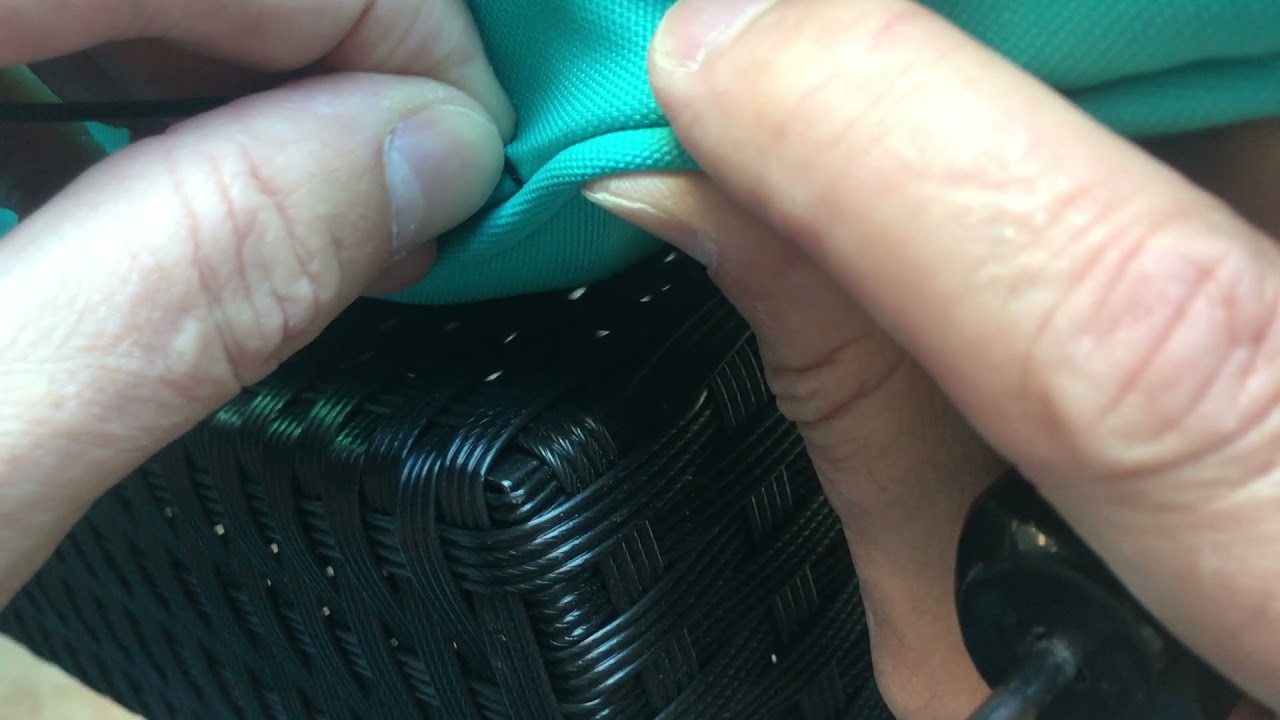
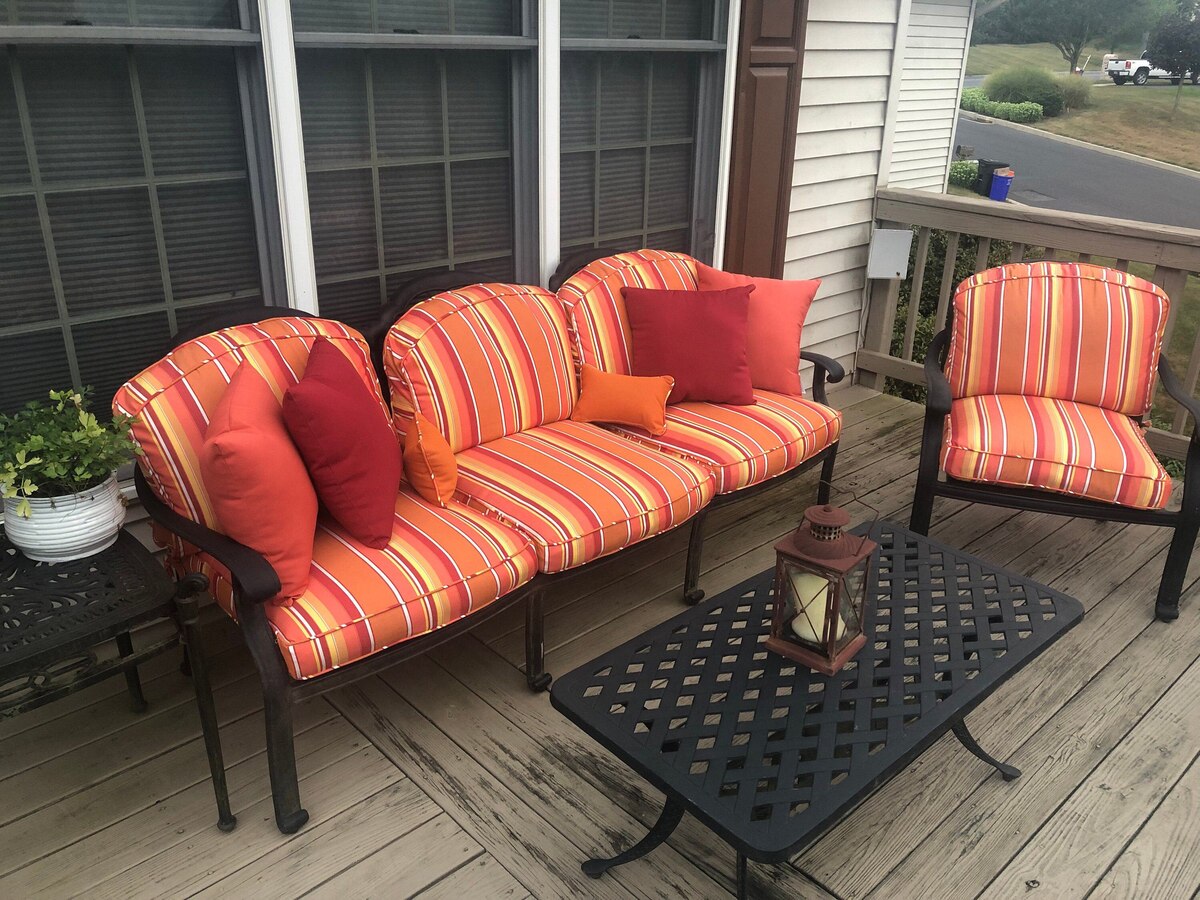
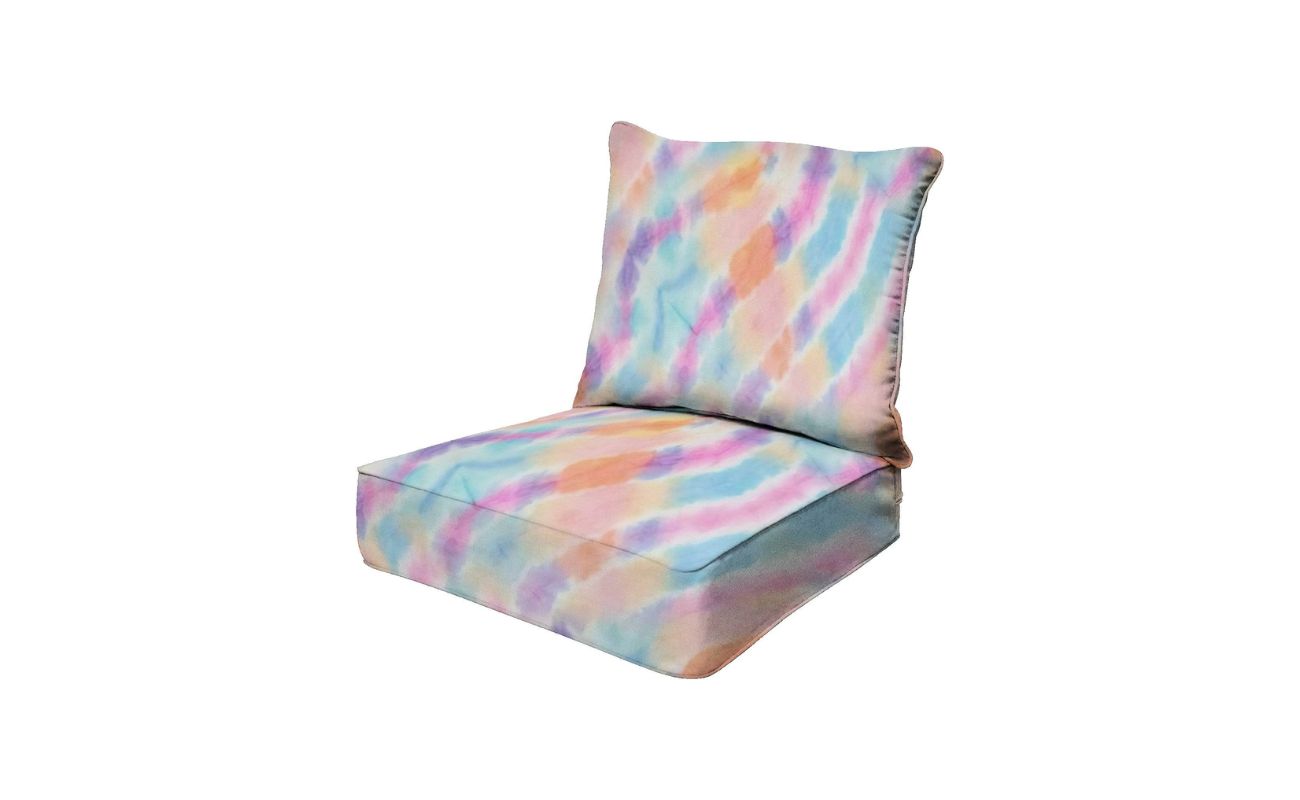
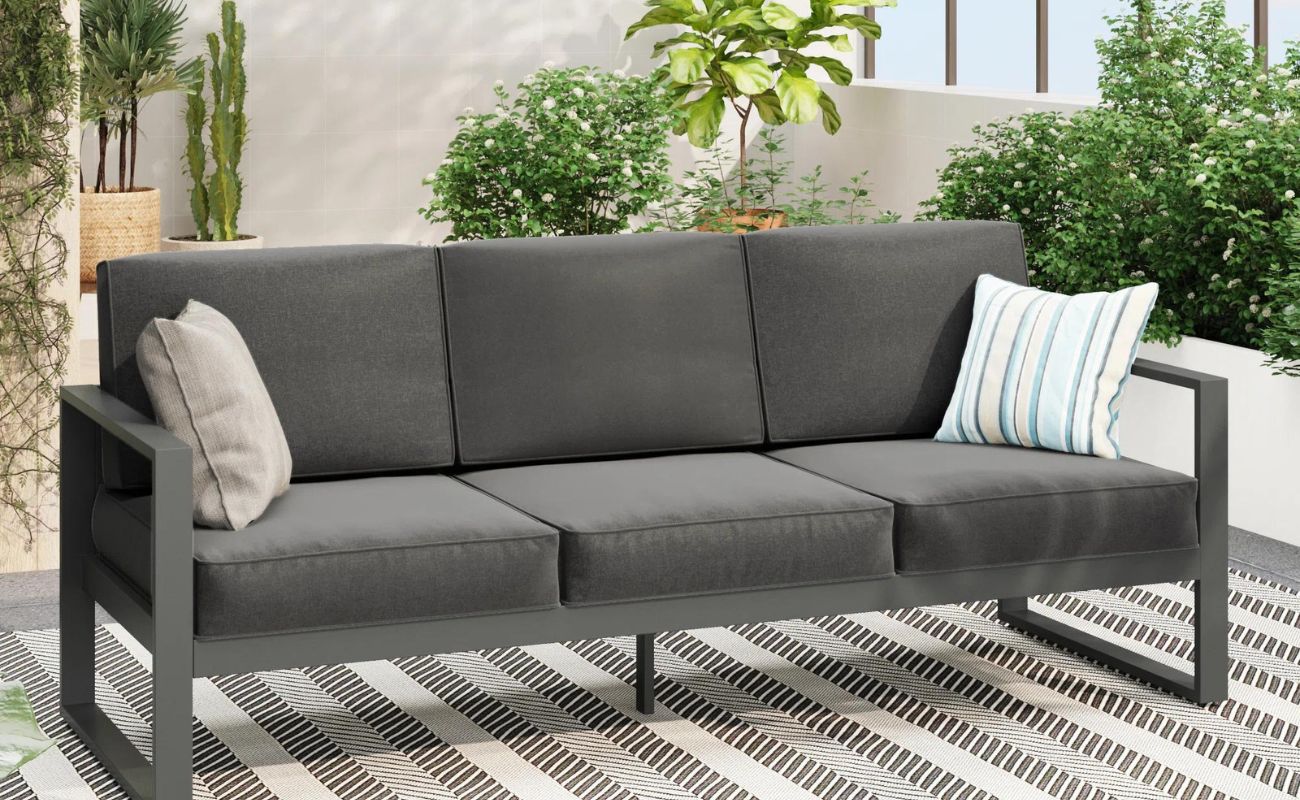
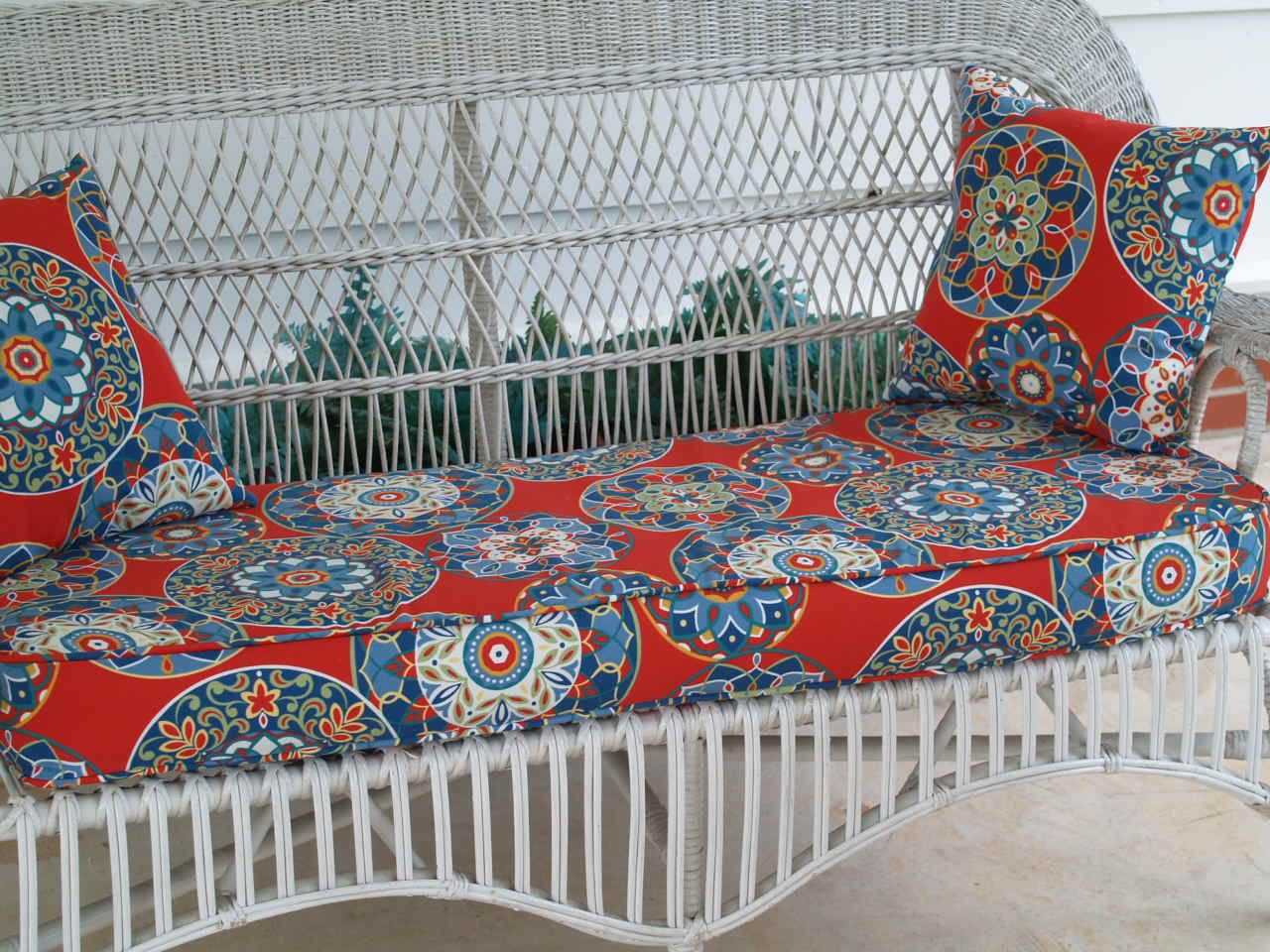
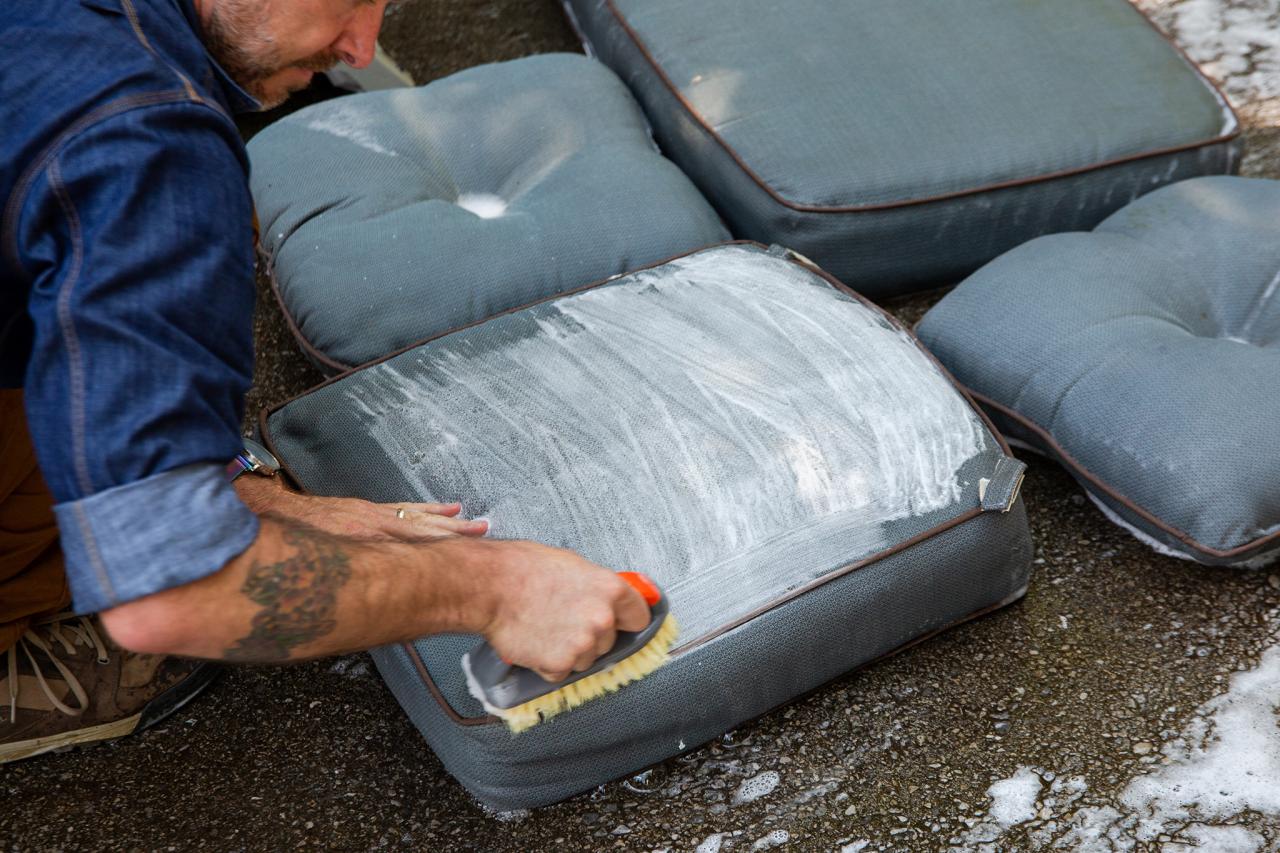
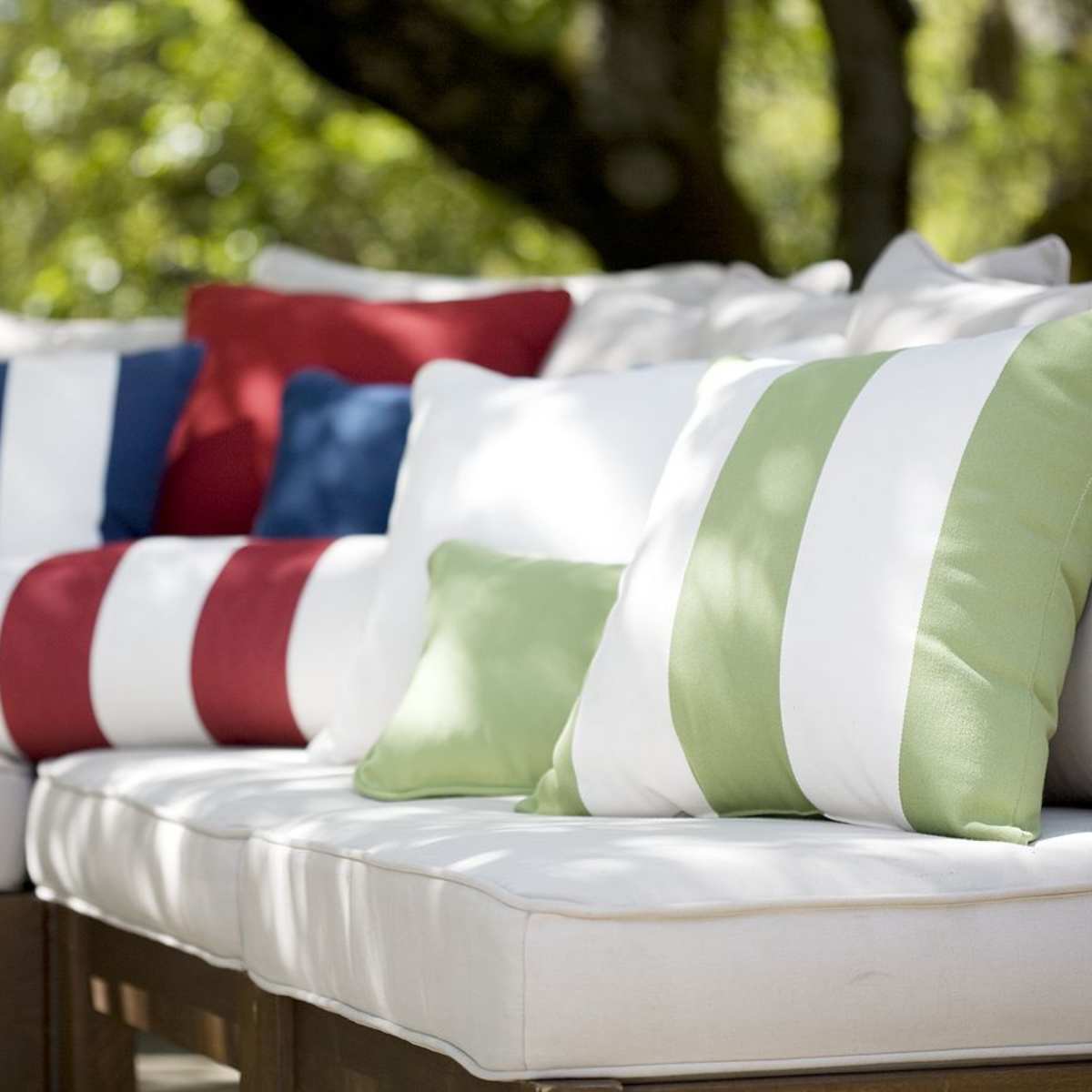


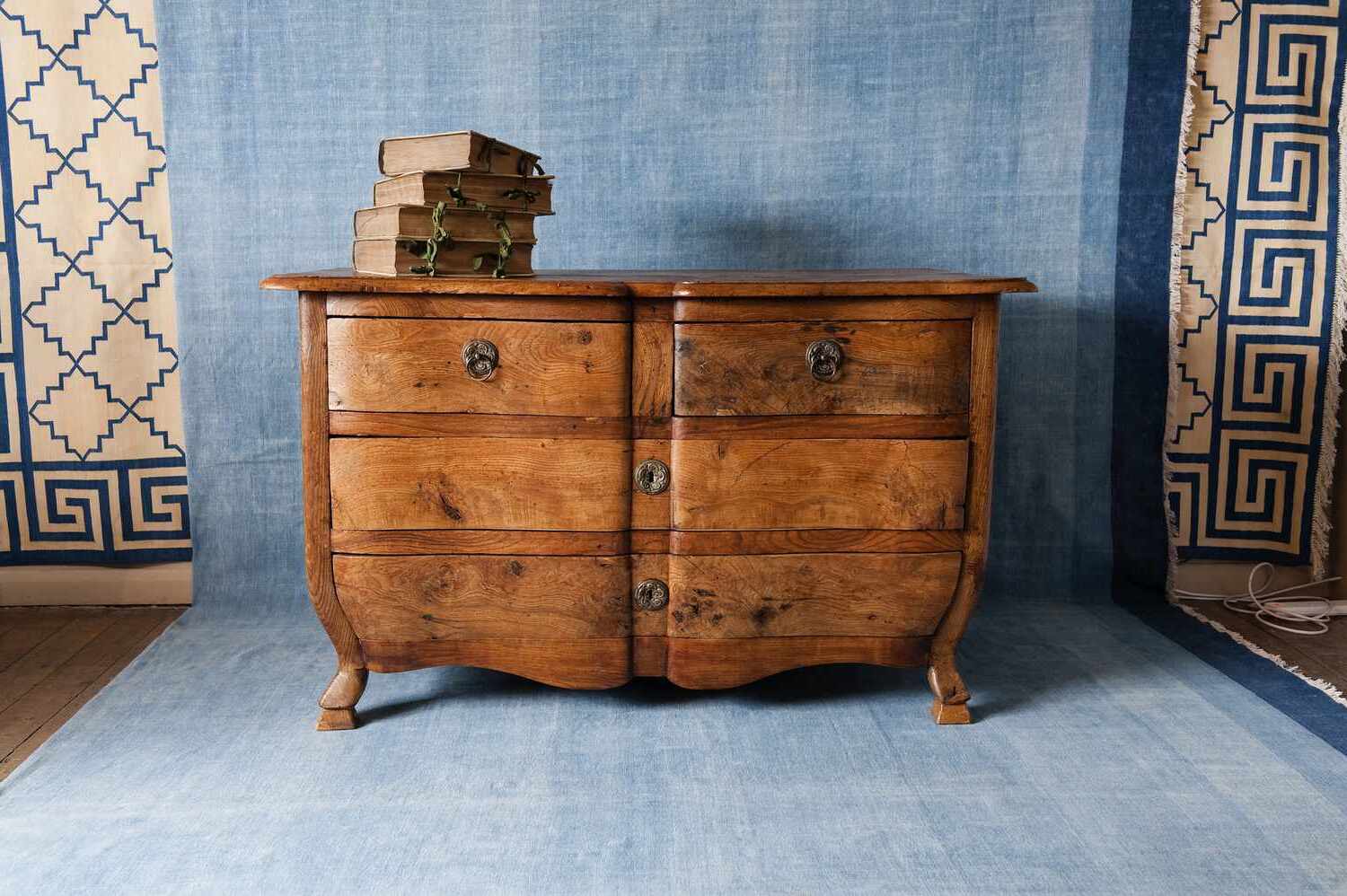
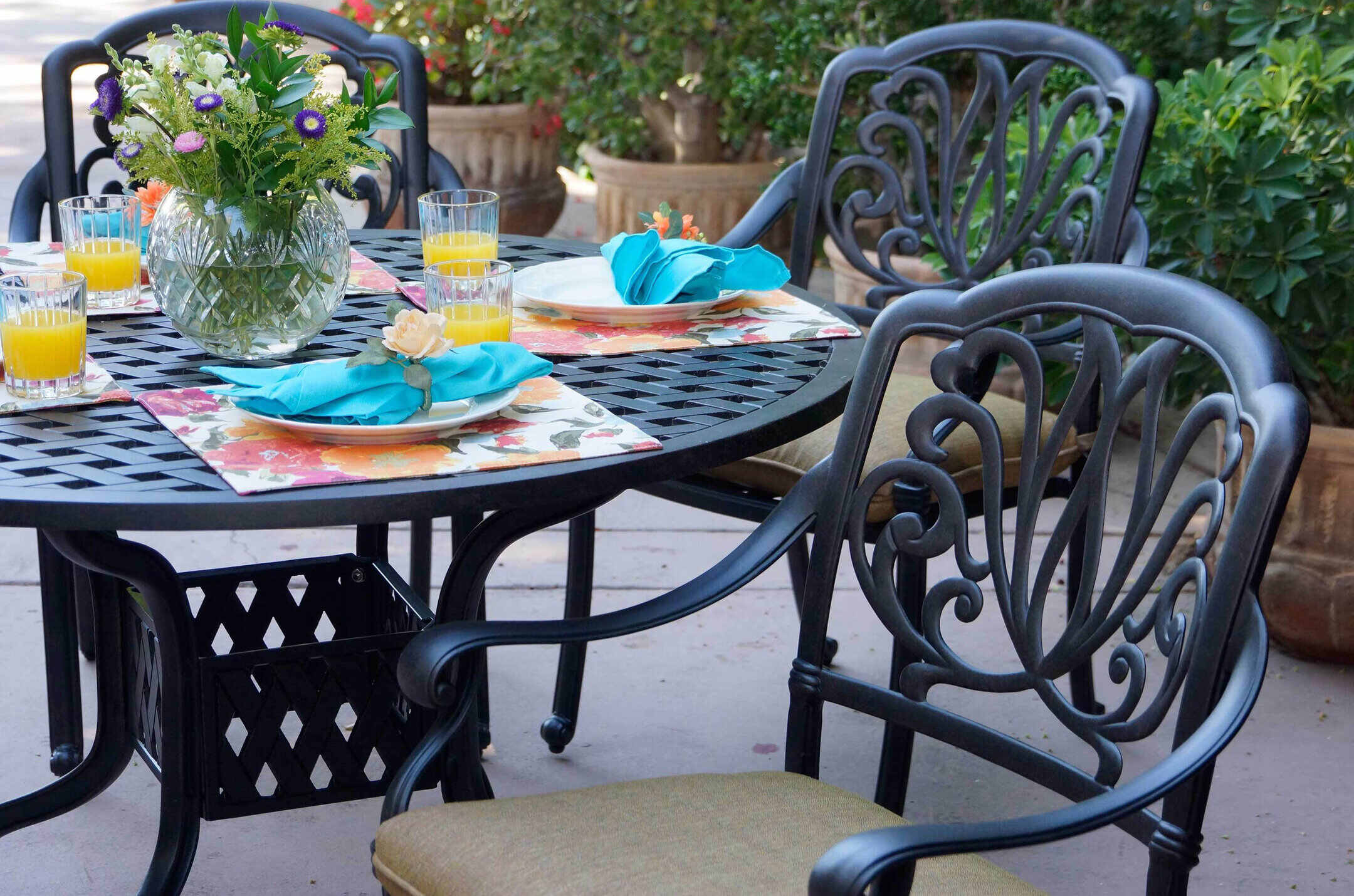
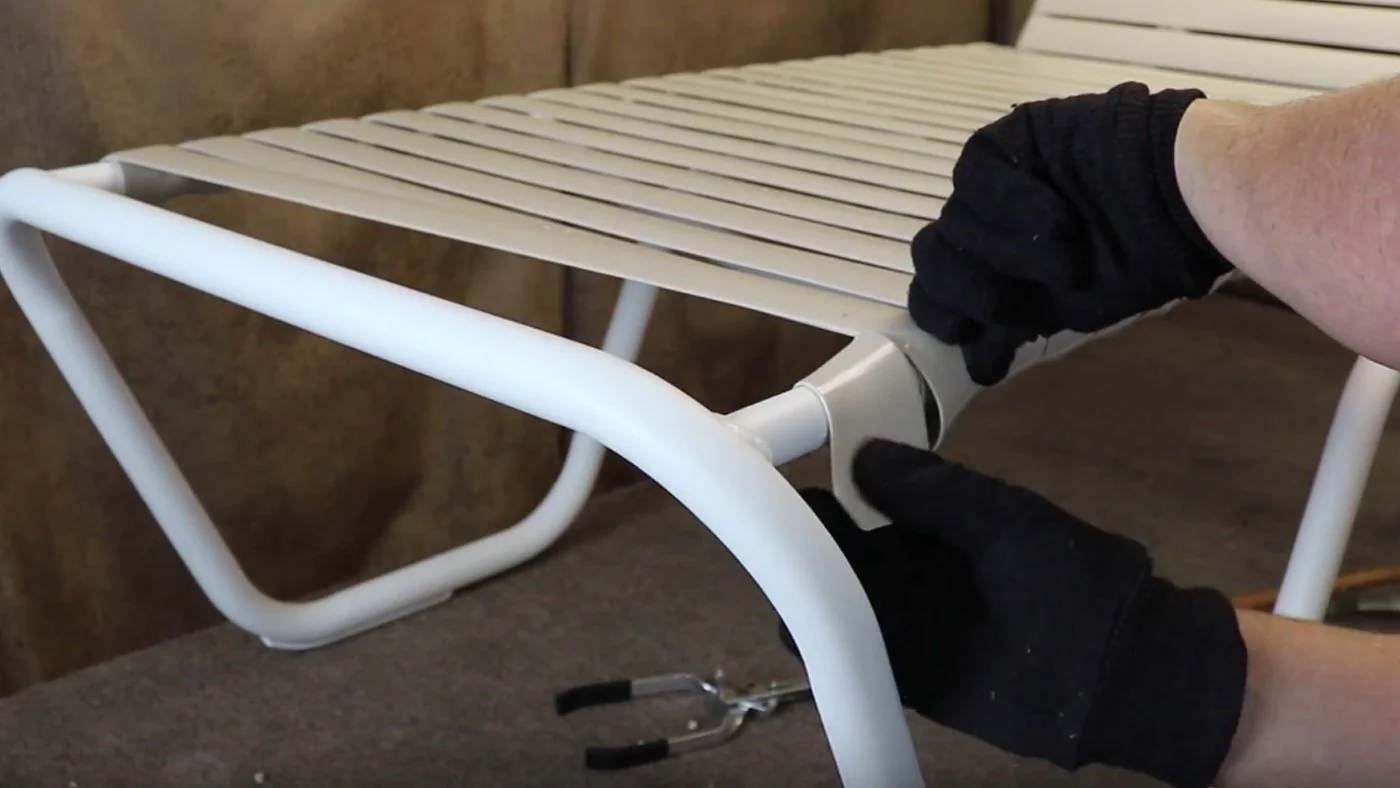
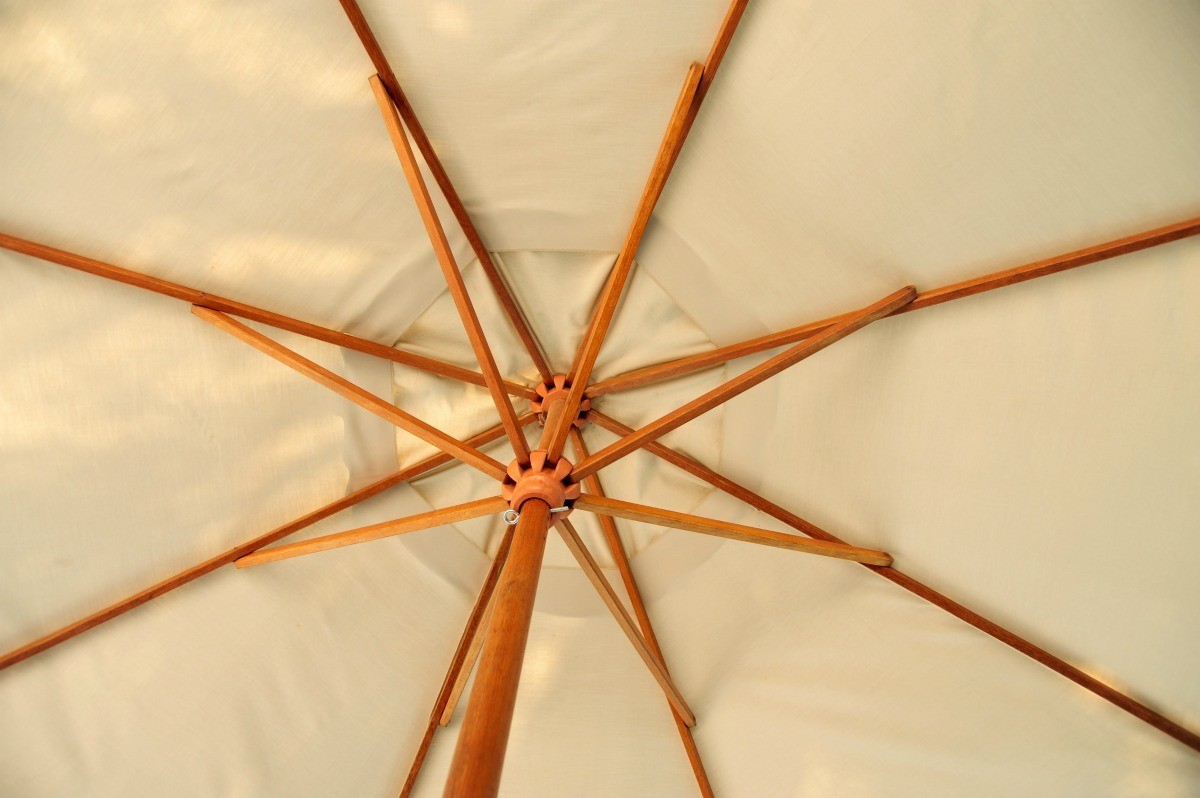
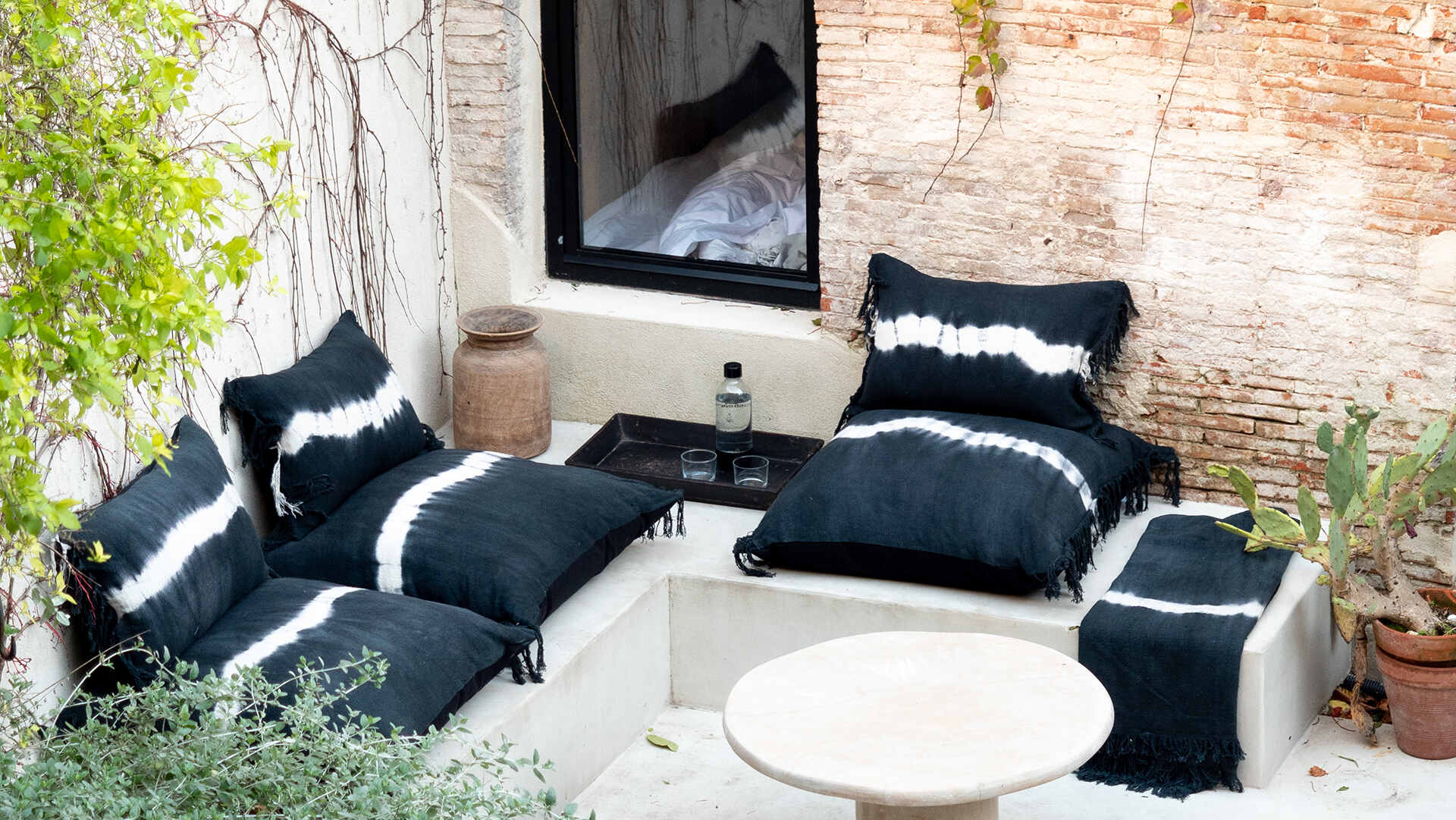

0 thoughts on “How To Restore Patio Furniture Cushions”